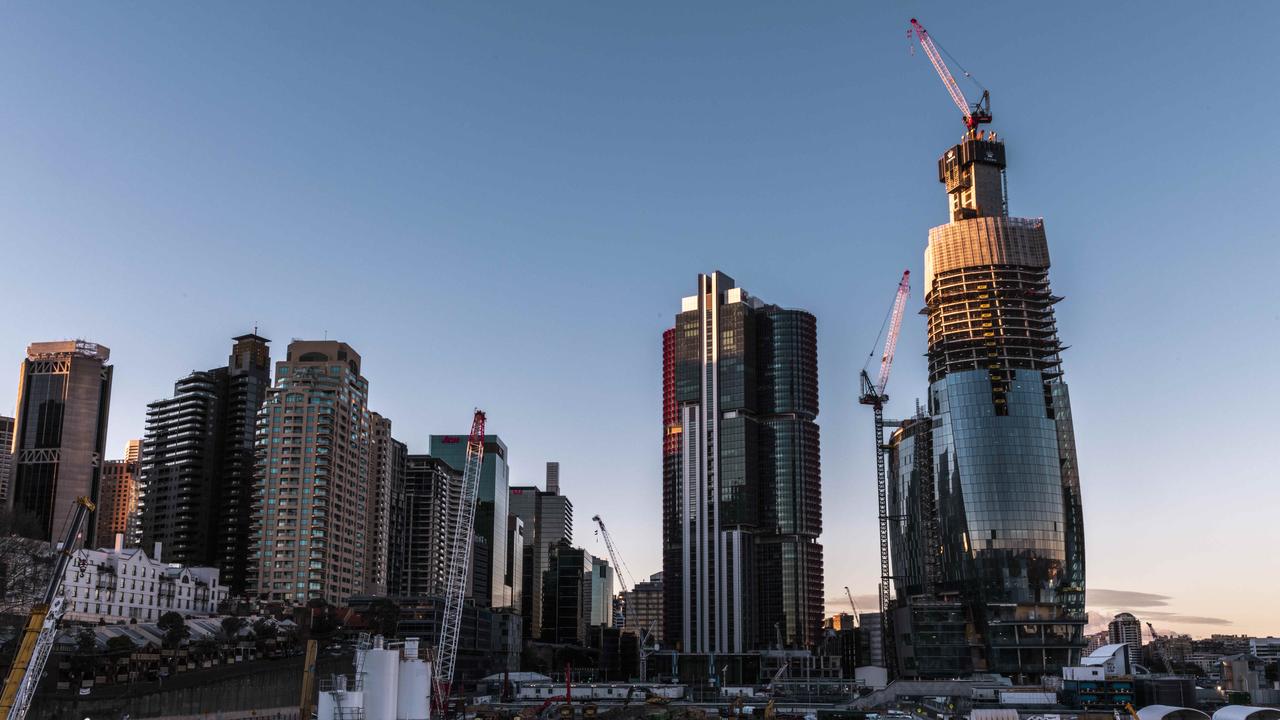Prime Minister Scott Morrison is committed to managing population growth in Australia
Prime Minister Scott Morrison has delivered the 2018 Bradfield Oration at the Art Gallery of NSW and called for a meeting with states and territories to address the issue on everyone’s mind — namely, how fast can our population keep growing?
- Lost decade: Our biggest mistake after Sydney Olympics
- Calls to end airport curfew as it’s costing billions
Population growth has played a key role in our economic success. But I also know Australians in our biggest cities are concerned about population.
They are saying: enough, enough, enough.
The roads are clogged, the buses and trains are full. The schools are taking no more enrolments. I hear what you are saying. I hear you loud and clear.
That’s why we need to improve how we manage population growth in this country.
We have become, especially in Sydney and Melbourne a victim of our success.
Our population growth has three sources, natural growth occurring from the life decisions of Australian families, permanent overseas migration, and temporary migration made up of students, temporary workers and so on.
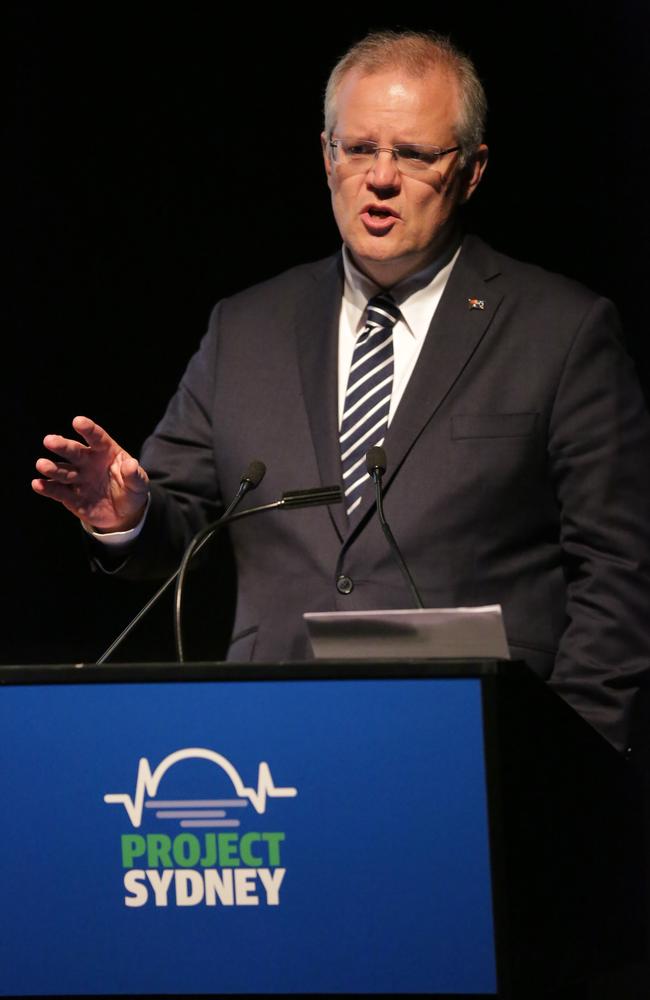
Over the current decade, around 42 per cent of the growth has occurred naturally and migration has accounted for about 58 per cent.
Over the two decades to 2016, our national population grew by 6 million and migration made up 54 per cent of that increase.
Population growth has provided our country with benefits that we often take for granted.
It has added a dynamism to our economy and society that you don’t find in most other advanced economies.
Population growth, along with productivity, will become even more important for sustaining strong growth in national living standards over the next 30 years as the ageing of the population weighs on workforce participation.

The median age of a migrant to Australia is between 26 years of age. This compares to our national average age of 37.
Mostly, new migrants are working and as such, contributing to the welfare of the nation, rather than drawing from government.
Without migration, Australia’s workforce would be shrinking by 2020. With migration, the Productivity Commission estimates that labour force participation will be around 10 per cent higher in 2060.
And contrary to what is sometimes claimed, the Productivity Commission has found that migration confers no negative outcome to employment for those who are Australian born. In fact, it increases opportunity for Australians.
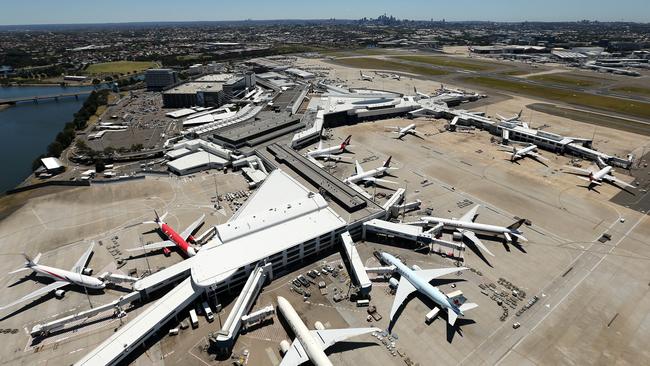
It is worth remembering that because skilled migration supports the economy, Australia does compete with other countries in bringing those additional skills to our shores.
We must also recognise the economic benefits of temporary migration.
This year, we have almost 600,000 foreign students studying in Australia. From the cafes of Glebe and the bars of Parramatta, to the computer stores of Canberra and the laundromats of Coffs Harbour, these students are supporting jobs.
Far too often, planners have treated population as one amorphous blob.
But that doesn’t work for Australia. We’re too big and diverse.
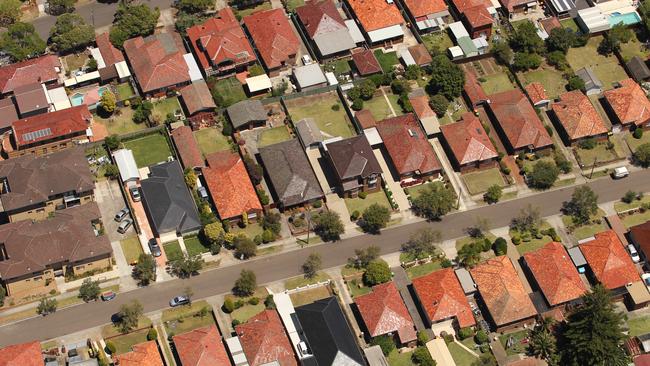
Talking about average population growth is like talking about our average rainfall. It fails to recognise the different experiences and outlooks of different cities or regions.
Here in Sydney migrants accounted for around 70% of population growth last year.
This has created its own pressure points — and pressure points in population always manifest themselves in housing and infrastructure.
I believe that we need a new discussion with the state and territories and local governments about how we manage and plan for our changing population.
A responsible population discussion cannot be arbitrarily about one number, the cap on annual permanent migration. It is certainly relevant, but you have to look at what sits behinds those numbers.
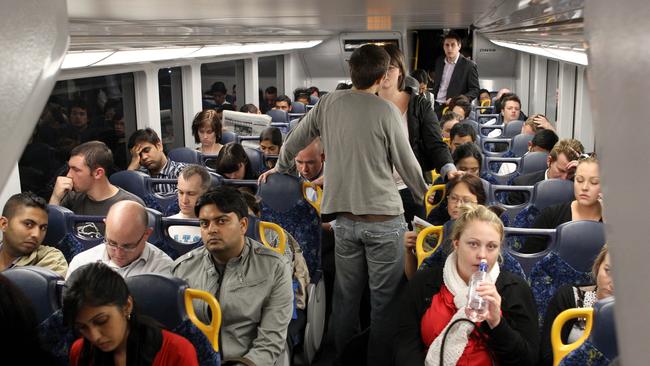
For a start more than half the people who become permanent migrants are already here on temporary visas.
To contemplate our permanent visa settings, would also require up stream changes to how many people are coming in on temporary visas as well. The implications of this need to be understood, in lauding by state and territory governments.
My approach will be to move away from top-down discussions about population to set our migration intake caps. I anticipate that this will lead to a reduction in our current migration settings.
This is to be expected since our current permanent intake is almost 30,000 a year below our current cap. So we will look to make an adjustment as we go forward in to next year and this should not be surprising.

Managing population change is a shared responsibility, involving all levels of government.
It is the states who build hospitals, approve housing developments, plan roads and know how many kids will be going into their schools in the future. The states and territories know better than any what the population carrying capacity is for their existing and planned infrastructure and services. So I plan to ask them, before we set our annual caps.
The old model of a single, national number determined by Canberra is no longer fit for purpose.
In Sydney — with 4.4 per cent unemployment and over 300 cranes up over this skyline — this city has become a magnet for Australians wanting a better life.
We know the story in Sydney: congestion — on roads and public transport, pressure on services like schools, and until recently, ever increasing house prices.

And this is in a state with a good government that is investing $87 billion in new transport, schools and hospitals in the next four years.
In 2016-17, Sydney’s population increased by 107,000. In other words, Sydney grew by almost 2,000 people a week, every week. A suburb a week.
Of that overseas migration claimed the lion’s share — with 90,100 people.
But the Sydney story on population is not just a migration story. It’s also a quality of life story.
In 2016-17, a net 18,500 people left Sydney for other parts of Australia.
While some of that is older Sydneysiders cashing in on their capital gains and retiring to other parts of the state, those figures also reflect concerns about densities, congestion and other questions that relate to quality of life.

So we need a more targeted and tailored approach to conversations about population.
To this end, I am writing to the Premiers and Chief Ministers inviting them to contribute to a national strategy and framework on population, and putting this on the table for COAG at our next meeting on 12 December in Adelaide.
I want the states to bring forward their population plans targeted to their states. This process can also involve local government. This will feed in to the setting of our migrations caps and policies for next year, ensuring that migrations is finally tied to infrastructure and services carrying capacity.
Further details of this process will be discussed directly with Premiers and Chief Ministers.
The above is an edited extract from the 2018 Bradfield Oration, delivered last night by Prime Minister Scott Morrison.


